If you’re unsure about whether to intervene, here are some key signs to look out for.
- Does the person look uncomfortable or upset?
- Are they trying to escape or move away?
- Do they seem frightened?
- When you make eye contact, do they respond in a way that makes you think they want help?
How to call it out safely
Intervening doesn’t have to be dramatic or confrontational. Even small acts of recognition and support can help stop these behaviours. Here are four simple ways to help you step in safely – just think CARE.
- Call it out – say something
- Alert others – tell someone
- Redirect attention – distract
- Engage after – talk to the person at risk
By standing up and calling it out we can create a society where women and girls are safe.
If you think somebody is in immediate danger, call 999.
Take our quiz
Main title
Power To Change Advocacy Toolkit
The Power To Change toolkit includes assets and messaging that you can download to help reach all communities.
Download the Power To Change toolkit (PDF 510KB)
You can download the social media graphics and find links to the campaign YouTube videos below.

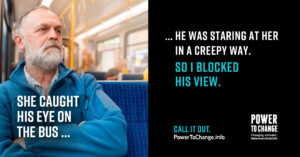




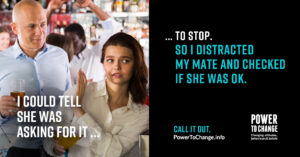
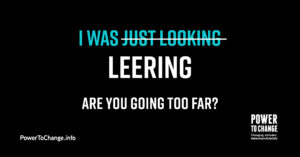
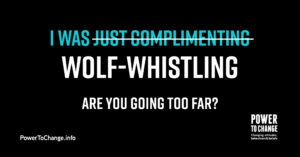
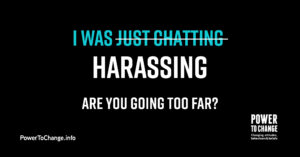
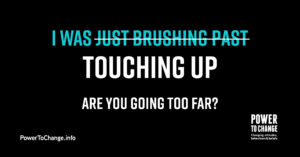
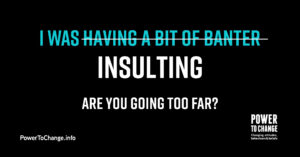
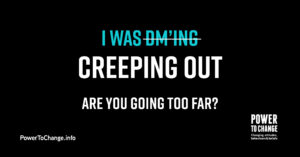
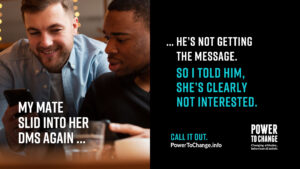
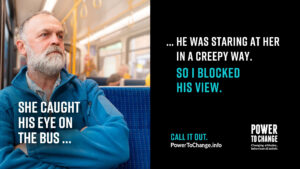



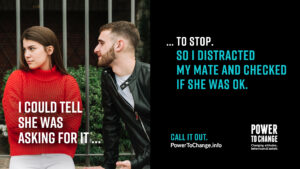
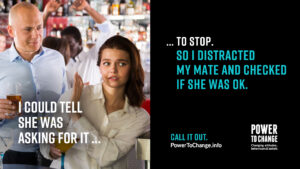
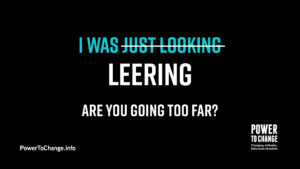
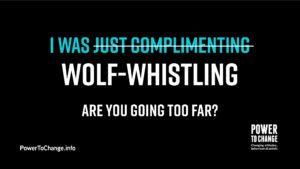
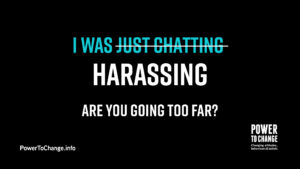
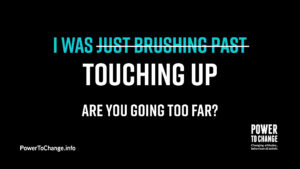
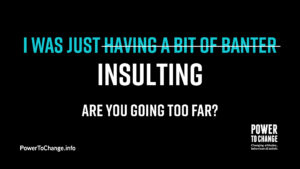
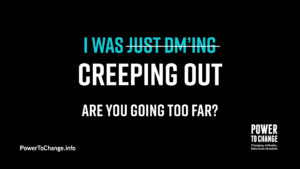

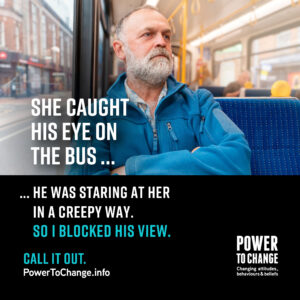

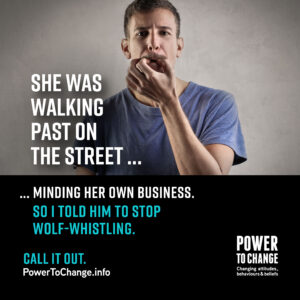
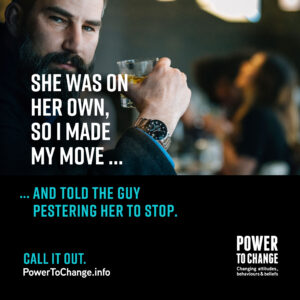
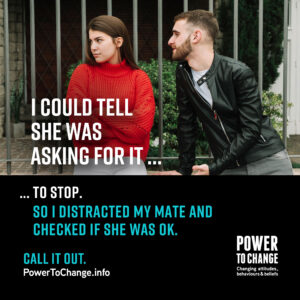
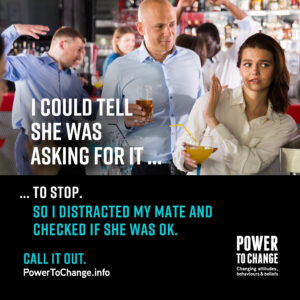
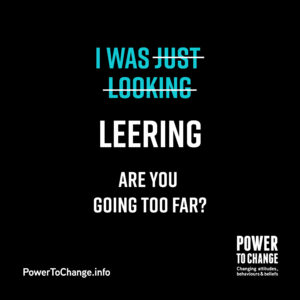
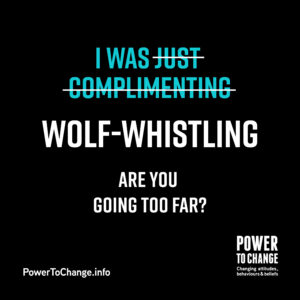
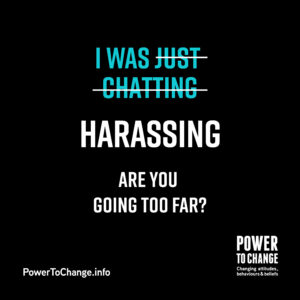
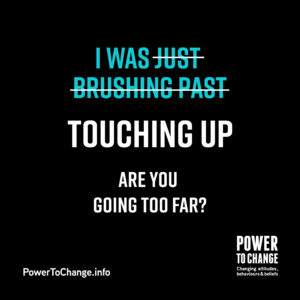
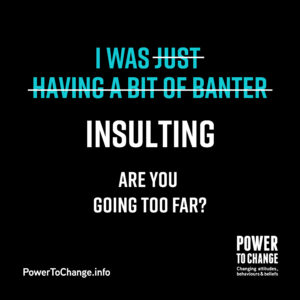
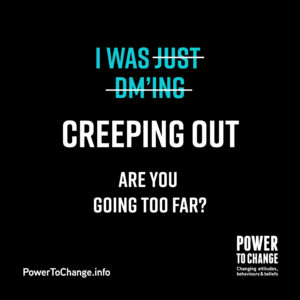
- Power To Change A3 poster 1 (PDF 1.4MB)
- Power To Change A3 poster 2 (PDF 1.4MB)
- Power To Change A3 poster 3 (PDF 1.4MB)
- Power To Change A3 poster 4 (PDF 1.4MB)
- Power To Change A3 poster 5 (PDF 1.4MB)
- Power To Change A3 poster 6 (PDF 1.4MB)
- Power To Change A3 poster 7 (PDF 1.4MB)
- Power To Change bystander A3 poster 1 (600KB)
- Power To Change bystander A3 poster 2 (600KB)
- Power To Change bystander A3 poster 3 (600KB)
- Power To Change bystander A3 poster 4 (600KB)
- Power To Change bystander A3 poster 5 (600KB)
- Power To Change bystander A3 poster 6 (600KB)
- Power To Change bystander A3 poster 7 (600KB)